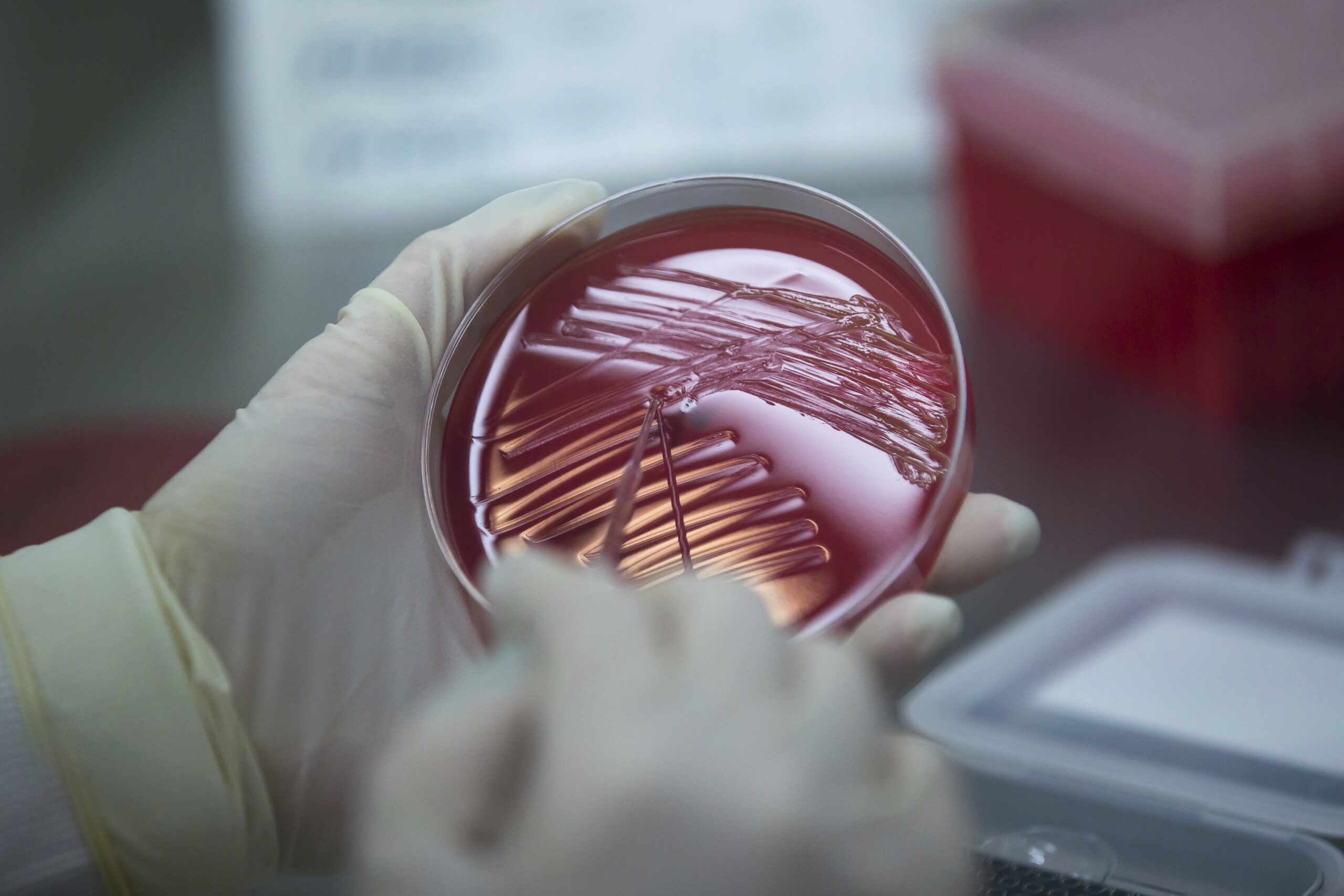 Throughout my childhood, my role models in life warned me about bacteria and germs. “Wash your hands so you don’t get any germs” and “Don’t touch that — it’s covered in bacteria” were some of the phrases I took to heart. I was on my way to being a full-blown germaphobe. And it’s not surprising; a we-must-kill-all-bacteria attitude pervades our antibacterial-filled society.
Throughout my childhood, my role models in life warned me about bacteria and germs. “Wash your hands so you don’t get any germs” and “Don’t touch that — it’s covered in bacteria” were some of the phrases I took to heart. I was on my way to being a full-blown germaphobe. And it’s not surprising; a we-must-kill-all-bacteria attitude pervades our antibacterial-filled society.
But times are changing. Our long-held fear of microbes now collides with an opposing force: the enthusiasm for the microbiome, which has shown that microbes can actually improve our health. There is a much more complicated interdependent relationship between people and our resident microbes than rampant hand-washing regimes would suggest.
My time in graduate school coincided with the upswing of microbiome research. There, my relationship with bacteria changed as I began to study an organism more nuanced than we once thought.
This organism happened to be the bacterium Helicobacter pylori. Nearly half of the world’s population carries H. pylori in their stomachs. Though most famous for its role in causing stomach ulcers, stomach cancer, and gastritis, H. pylori only does this in tiny percentages of the individuals that live with it. Only 10 to 20 percent of infected individuals develop stomach ulcers, and only 1 to 2 percent of infected individuals develop gastric cancer or B cell MALT lymphoma, a type of cancer that affects immune cells called lymphocytes. You and I may carry H. pylori in our stomachs and not even know it.
The longer I worked with this organism, the more I unraveled about its long evolutionary history. Most diseases caused by Helicobacter species are host specific, meaning that a given species of Helicobacter will cause disease only in one host species. This points to a close co-evolution of the bacterium with its host. H. pylori is estimated to have co-evolved with humans for approximately the past 100,000 years. Two years ago, H. pylori was sequenced from Oetzi the Iceman, a 5,300-year-old mummy found in the Alps. Because of their high prevalence in humans, these microbes that follow us around can even be used to track human migration over the past thousands of years.
Since we have shared our stomach with H. pylori over so many generations, could we consider H. pylori as part of our microbiome? One of the biggest proponents of this argument is Martin Blaser, a microbiology professor at New York University School of Medicine. As a prominent researcher in the H. pylori and Campylobacterjejuni (a close relative of H. pylori) field, Blaser recounts his shifting view on H. pylori in his book Missing Microbes.
“By the mid-1990s, I began to change my mind,” he wrote. H. pylori may seem like a bacterial villain provoking ulcers and stomach cancer in a small percentage of the population. But, he writes, “evidence was beginning to suggest that H. pylori is a member of our normal gut flora and plays a critical role in our health.”
Many researchers have observed that a decline in H. pylori colonization in some areas of the globe, likely due to increased antibiotics use and improved sanitation. But the disappearance of H. pylori also corresponds to an increase in asthma and gastroesophageal reflux disease (GERD). While the exact mechanisms that explain these correlations are unknown, persistent H. pylori has far-reaching effects on our immune system and endocrine system that could alter our predisposition towards these diseases.
H. pylori is so much more than its reputation as causer of disease. Its relationship with humans is more complicated than we once thought and is a perfect example of how microbes are neither purely “good” nor “bad.” As Ed Yong writes in I Contain Multitudes, “these terms belong in children’s stories. They are ill-suited for describing the messy, fractious, contextual relationships of the natural world.”
H. pylori is far from the only microbe that walks the line between these two dichotomies. Can’t we just be OK with knowing that sometimes we get along and sometimes we don’t?

